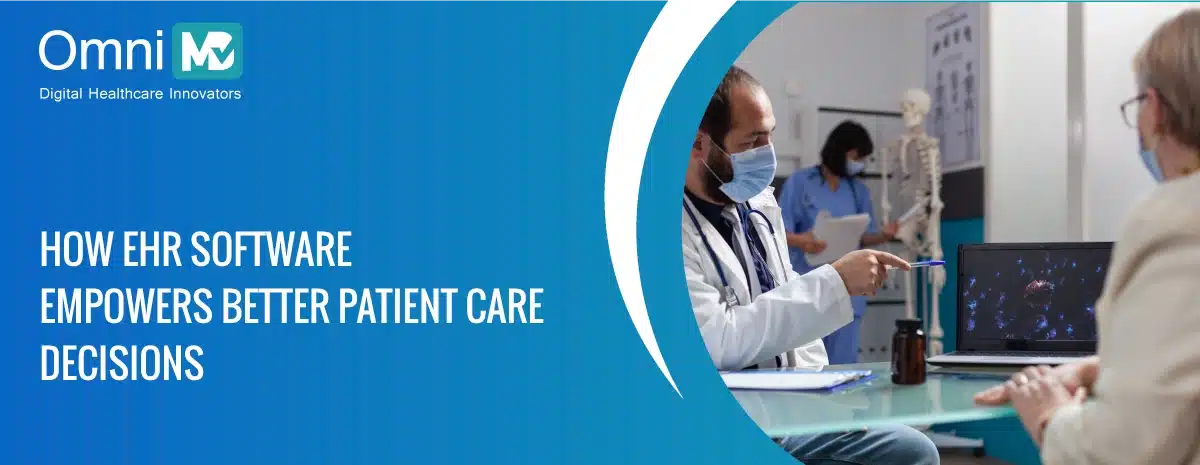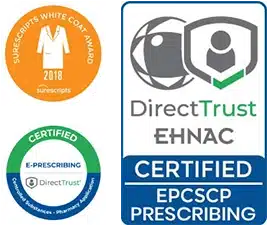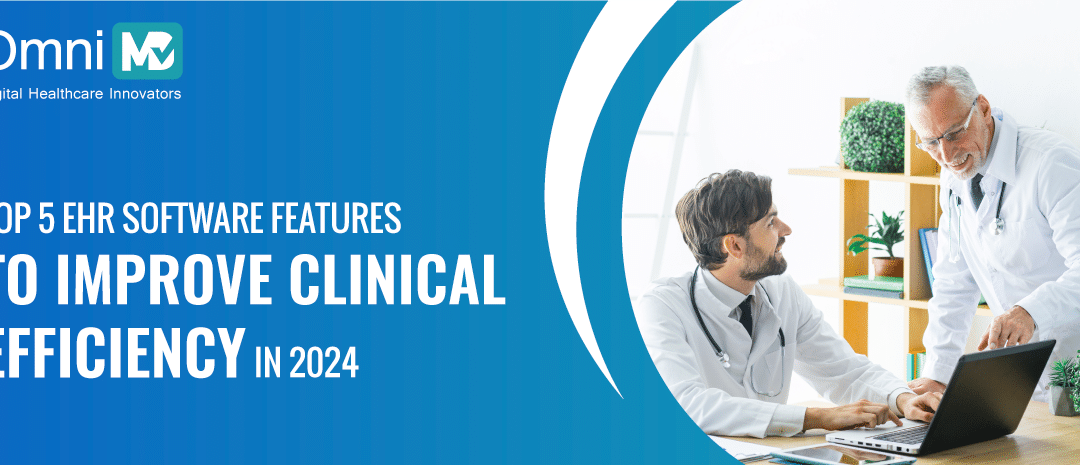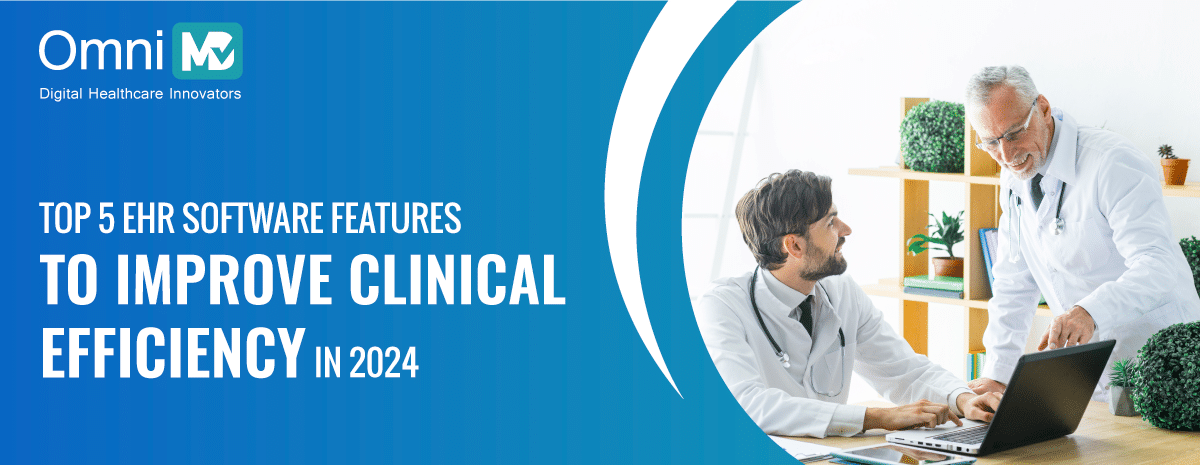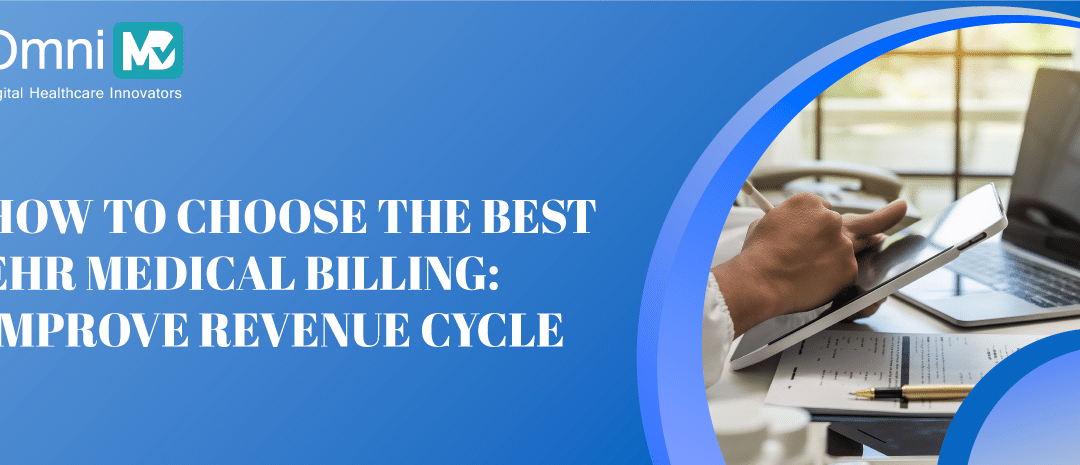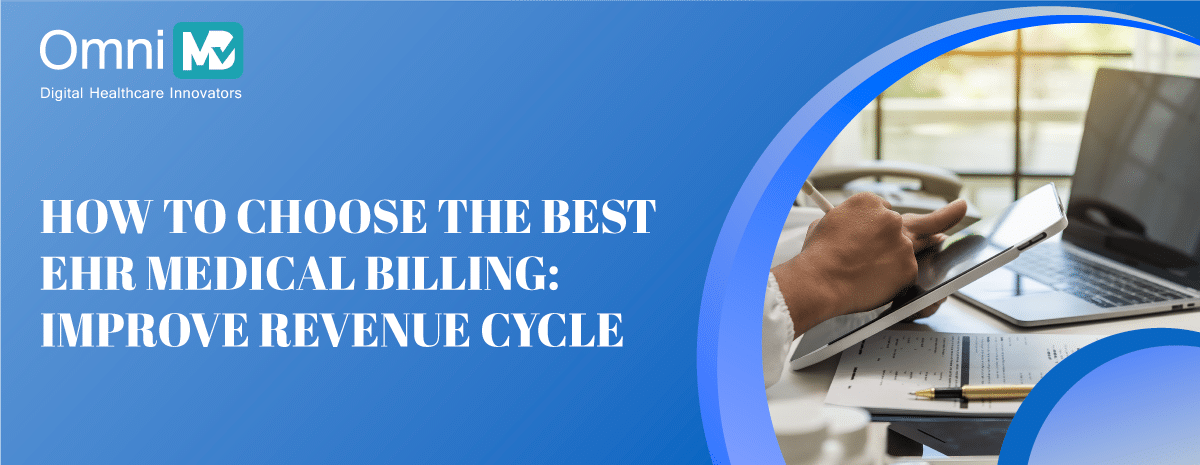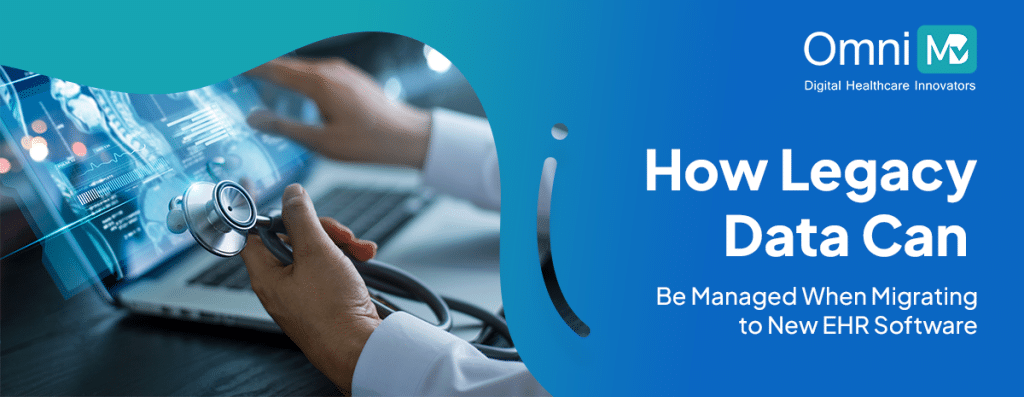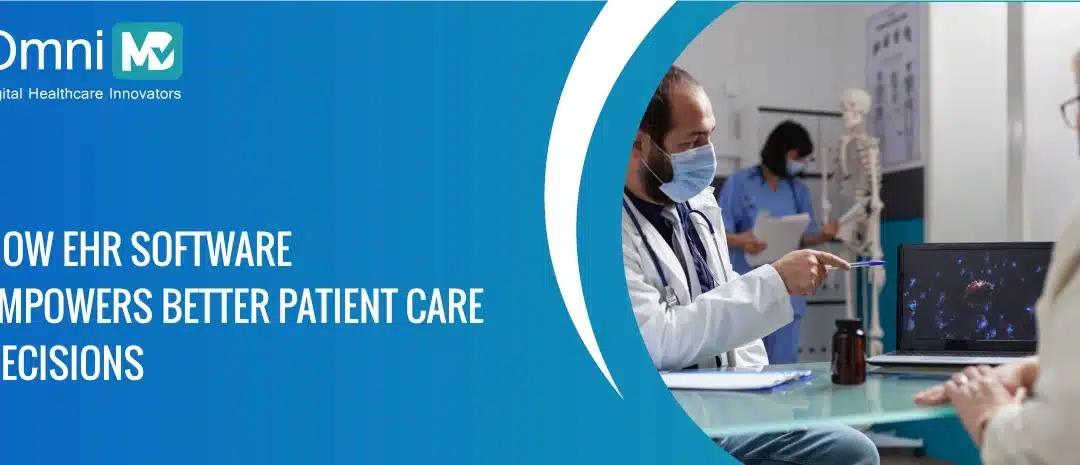
How EHR Software Empowers Better Patient Care Decisions
How EHR Software Empowers Better Patient Care Decisions
May 30, 2024Patient care in today’s healthcare ecosystem is complex, hence it requires precision, collaboration, and data-driven insights. This is where Electronic Health Record (EHR) software comes into play as it empowers healthcare providers to make better decisions. EHR Software has emerged as a game-changer in the healthcare domain as it offers a comprehensive platform for managing patient information and facilitating clinical decision-making.
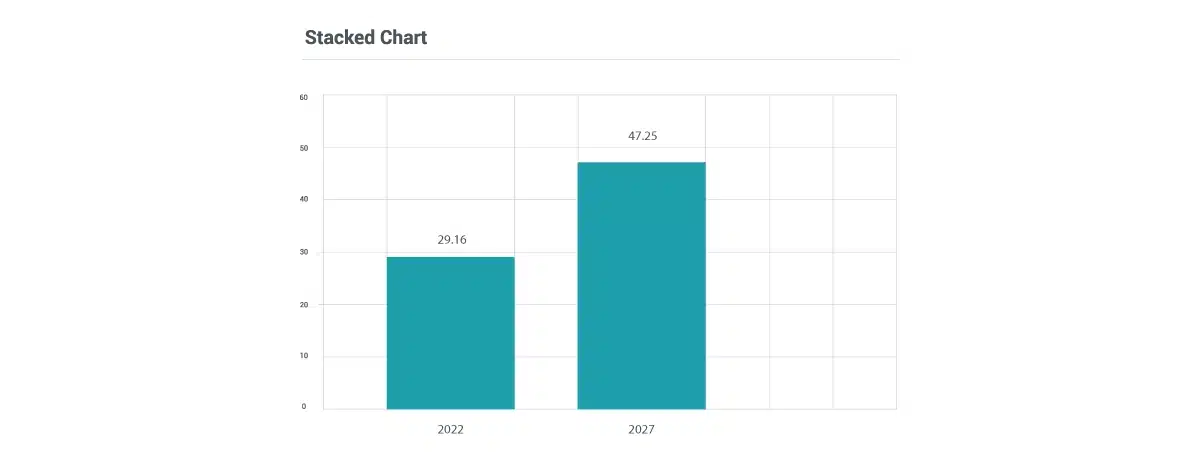
According to Statista, the global market size of EHR’s is expected to reach over 47 billion U.S. dollars.
As we move ahead, we’ll learn more about the effectiveness of EHR software systems in improved patient care.
Electronic Health Record (EHR) Software: A Brief Introduction
Electronic Health Record (EHR) software is utilized for storing, managing, and accessing patient health information digitally. EHR Software Systems encompass a wide range of data, including medical history, diagnoses, medications, treatment plans, immunization dates, allergies, radiology images, and laboratory test results. As opposed to traditional paper-based records, EHR software provides healthcare professionals with a comprehensive and organized view of a patient’s health information in a secure and accessible format.
How Does EHR Software Work?
EHR software comes in two types.
Initially, the IT department can install the EHR application on local servers. This approach is suitable for the limited and relatively stable patient base.
However, if the healthcare organization is bigger in size or complexity, predicting the necessary server space for patient records becomes challenging for the IT team.
In order to address concerns such as cyberattacks and the need to have greater flexibility, opting for a cloud based EHR setup is more beneficial. In such a situation, the cloud computing service provider’s IT team manages server space and bandwidth adjustments to meet the growing demand.
Moreover, having a cloud-based system allows seamless data restoration if the local server fails. Hence, medical professionals can access patient information remotely through the cloud which enables mobility such as accessing data while conducting hospital rounds.
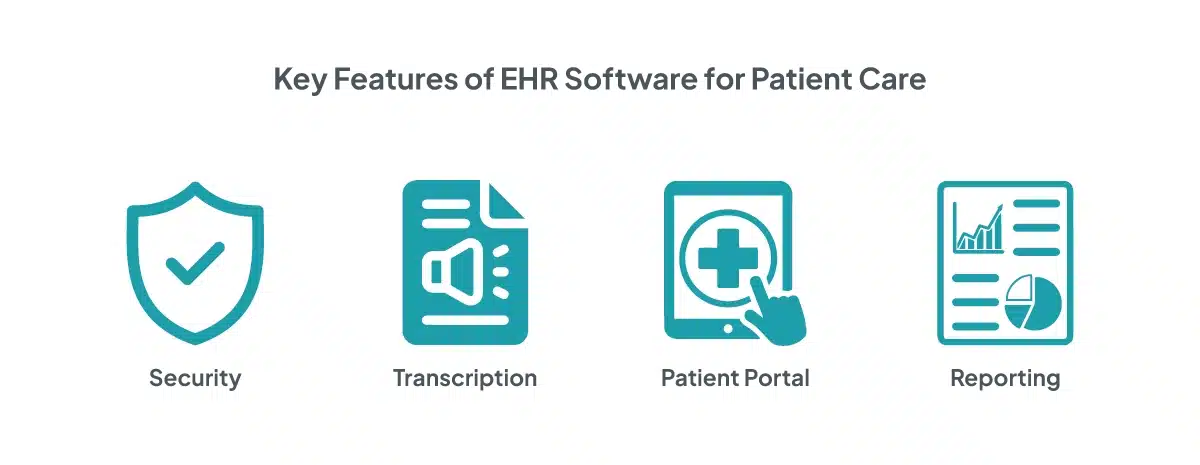
Key Features of EHR Software for Patient Care
EHR software contains a variety of features which can enhance patient care in the long run.
Have a look at these features.
Security
With the prevalence of cyberattacks targeting medical practices, robust security measures for patient data are crucial. EHR software utilizes strong encryption protocols which ensures the protection of sensitive information. Healthcare providers like doctors, physicians, and nurses can securely access patient data using devices like smartphones, tablets, and laptops.
Transcription
Activating speech recognition within the EHR system streamlines the transcription process for recordings made by medical staff. This feature enables doctors to speak, with their words instantly transcribed on the screen which facilitates efficient patient record completion.
Patient Portal
Integrating a patient portal in an EHR system offers patients convenience and autonomy. New patients can electronically fill out intake forms from anywhere, whether at home, or work. This streamlined process prevents the need for repetitive data entry, such as contact information which reduces administrative pressure on medical staff. Patients can also access lab results, receive reminders for vaccinations or medications, and communicate with your team without waiting on hold.
Reporting
EHR software simplifies the generation of routine reports for staff meetings. Whether tracking patient outcomes, monitoring appointment attendance, or analyzing payment trends, EHRs can quickly create customized reports. The adaptable reporting capabilities of EHR systems enhance data-driven decision-making and operational efficiency of healthcare organization.
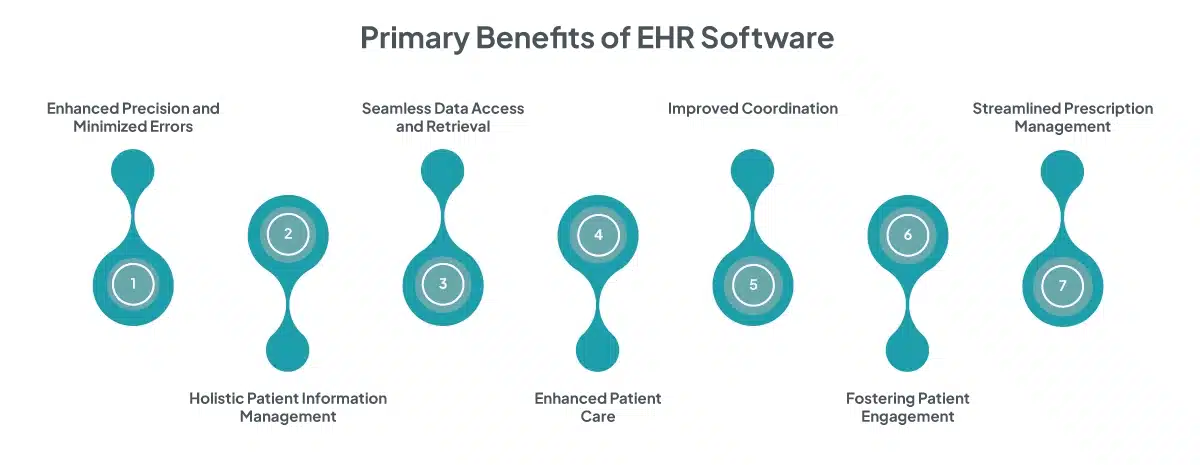
Primary Benefits of EHR Software
Enhanced Precision and Minimized Errors
The automated data entry and standardized formats of EHRs significantly improve data accuracy and reduce errors. By utilizing predefined templates and structured data entry methods, healthcare professionals can consistently capture vital information, which prevents variations in documentation practices.
In addition, EHR systems contain automated validation checks that detect discrepancies or missing data which prompts immediate corrections. This proactive approach ensures the accuracy of individual patient records leading to data-driven decision-making and research endeavors. The amalgamation of automation and standardization in EHRs establishes a robust foundation for analytics, quality enhancement, and regulatory adherence in healthcare settings.
Holistic Patient Information Management
EHR software centralizes essential patient data which facilitates seamless communication and collaboration among healthcare providers. The interoperability of digital records enables real-time access to detailed patient profiles which results in a coordinated approach to care delivery.
Furthermore, the incorporation of diagnostic findings, imaging results, and laboratory data gives the depth of patient information. Such a comprehensive dataset enhances clinicians’ understanding of patients’ overall health status and supports proactive healthcare initiatives.
Moreover, EHR empowers healthcare providers to identify potential health risks early and implement preventive measures effectively. Such diagnostic and treatment precision leads to a proactive and patient-centric healthcare environment.
Seamless Data Access and Retrieval
EHR can efficiently retrieve data which allows healthcare providers to access past records, track treatment progress, and recover critical information rapidly. The organized structure of digital records enables intuitive navigation which facilitates rapid access to specific patient details.
In addition, advanced search functionalities in EHRs simplify the process of identifying relevant information within extensive patient records. For instance, if a patient arrives in urgent need of medical attention, healthcare providers can promptly access the patient’s comprehensive records, treatment history, and essential details within a few minutes. This streamlined approach supports quick decision-making and enables timely and effective emergency interventions.
The user-friendly design of EHR systems ensures that practitioners can navigate vast datasets effortlessly leading to operational efficiency and delivering accurate information in high-stress situations.
Enhanced Patient Care
Electronic Health Records (EHRs) improve healthcare decision-making by providing dynamic data updates. These continuous updates ensure that healthcare providers have access to the most recent information which allows them to adjust treatments according to patient conditions.
Furthermore, the integration of various support tools within EHR systems offers valuable insights, alerts, and evidence-based recommendations during the decision-making process. It enhances the accuracy of diagnoses and supports healthcare providers in choosing the most effective medical interventions and therapies.
The combination of real-time data updates and support tools leads to a proactive and adaptable healthcare environment.
Improved Coordination
EHR systems have a centralized platform for comprehensive patient data sharing among multidisciplinary healthcare teams. This collaborative feature of EHR digital allows healthcare providers from various specialties to access a unified view of the patient’s medical history, test results, and treatment plans.
Such seamless coordination is important in complex cases involving multiple specialists in a patient’s care. EHRs facilitate real-time updates that ensures that all team members are well-informed and aligned in their approach.
Moreover, secure messaging features within EHR systems enhance direct communication which enables healthcare professionals to share insights and coordinate treatments directly. This collaborative ecosystem ensures that every member of the healthcare team contributes to the patient’s overall well-being which leads to a more integrated and patient-centric care delivery model.
Fostering Patient Engagement
EHR contains patient portals which are essential for promoting active patient engagement and empowerment. These portals include valuable educational resources that enable patients to access health information. Such information is crucial for understanding medical conditions and beneficial for decision-making regarding patient care.
Interactive functionalities like secure messaging facilitate seamless communication between patients and healthcare providers which fosters continuous debates and collaboration.
In addition, patient portals offer easy features such as appointment scheduling, prescription refill requests, and appointment reminders which streamlines administrative processes and enhances the overall patient experience. As a result, improved patient engagement leads to improved health outcomes and strengthens the patient-provider relationship.
Streamlined Prescription Management
The electronic prescribing (e-prescribing) functionality in EHR software significantly enhances medication safety and operational efficiency. This feature includes clinical decision support tools that rapidly alert healthcare providers to potential drug interactions, allergies, or dosage inconsistencies in real-time. This proactive guidance empowers healthcare professionals to anticipate medication errors before finalizing prescriptions.
E-prescribing also facilitates a seamless and secure transmission of prescription information to pharmacies which minimizes transcription errors which occur due to manual entry. The biggest beneficiaries of E-prescription are patients as they can easily access and fulfil their medication requirements at any pharmacy connected to the e-prescribing network. This technological integration not only enhances patient safety but also streamlines the prescription fulfilment process for both healthcare providers and patients.
Wrapping Up
EHR software turns out to be a transformative tool in modern healthcare as it empowers healthcare providers to make better-informed decisions and deliver higher-quality patient care. Whether it’s efficiency, accuracy, data-driven insights, patient engagement, coordination & communication or patient engagement, EHR systems can provide it all to enhance patient care. However, before getting this system for your healthcare organization, it’s better to research the best EHR Software Companies for effective service.
Overall, the adoption and utilization of EHR software leads to improved patient care, strengthened patient-provider relationships, and better health outcomes. As the healthcare domain continues to evolve, leveraging the capabilities of EHRs will remain crucial in shaping a more efficient, proactive, and patient-centered healthcare ecosystem.

